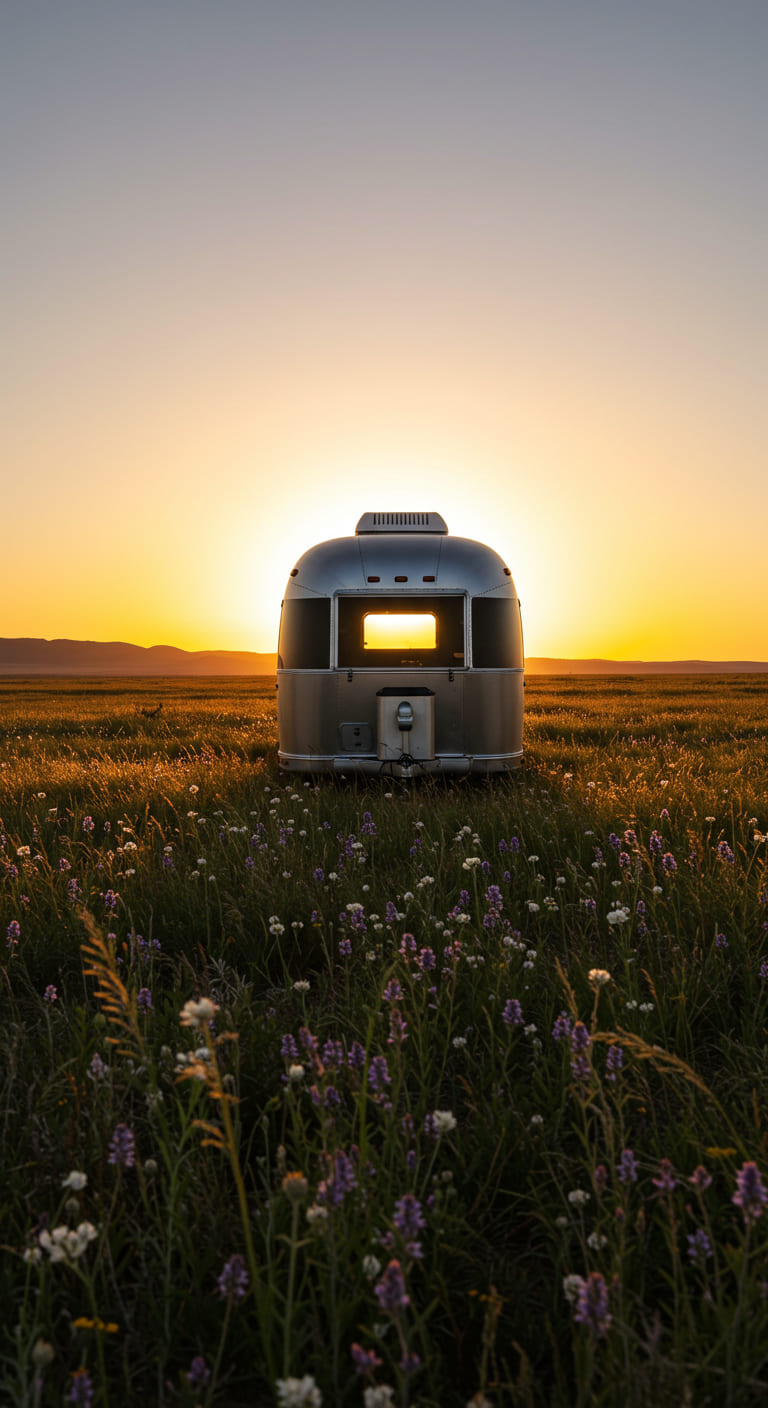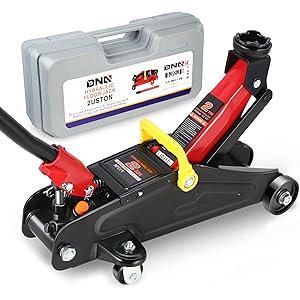When I first stumbled upon the concept of modular homes, I was captivated by the idea of homes that could be constructed off-site and then assembled on location. The efficiency, flexibility, and modern designs intrigued me, leading me to delve deeper into the history of modular homes. In this article, I will share my findings on when modular homes started, their evolution, and why they are becoming increasingly popular in today’s housing market. Join me on this journey through time as we explore the rich history of modular housing!
The Origins of Modular Homes
To truly understand the history of modular homes, we need to journey back to the early 20th century. Modular construction isn’t a new concept; in fact, its roots can be traced back to the late 1800s and early 1900s when several factors converged to shape this innovative building method.
- The Industrial Revolution: The late 19th century brought about significant advancements in manufacturing and transportation, paving the way for prefabricated components.
- Henry Ford’s Assembly Line: The introduction of the assembly line concept in the early 20th century allowed for mass production techniques that would later influence modular home construction.
- Railroad Expansion: The expansion of the railroads made it easier to transport building materials and entire prefabricated sections across the country.
By the 1920s, companies like the Aladdin Company and Sears, Roebuck and Co. were selling kit homes through their catalogs. These homes were delivered in a box and could be assembled by the homeowner or a local builder. It was a revolutionary idea at the time, offering an affordable solution to homeownership for many families.
The Rise of Prefabricated Homes
As we moved into the 1940s and 1950s, the concept of prefabricated homes gained traction, particularly in response to the post-World War II housing boom. Soldiers returning from war needed housing, and traditional construction methods were simply not keeping up with the demand.
- The Lustron Home: One of the most notable examples was the Lustron home, a prefabricated steel house introduced in 1948. It was marketed as maintenance-free and came in various designs, appealing to the modern homeowner.
- Modular Home Companies: During this era, several modular home companies emerged, offering homes that could be customized to meet the needs of families. These homes were often built in sections and then transported to the building site for assembly.
The popularity of modular homes soared during this time, as they promised a faster, more efficient way to build, which was essential during the housing crisis of the late 1940s.
Innovations in Modular Home Design
Advancements in technology throughout the 1960s and 1970s further revolutionized the modular home industry. The introduction of new materials, construction techniques, and design innovations allowed for greater flexibility and creativity in modular home designs.
- Expanded Design Options: Modular homes began to take on a variety of architectural styles, from traditional to contemporary, significantly broadening their appeal.
- Energy Efficiency: The energy crisis of the 1970s led to an increased focus on energy-efficient designs. Modular homes began to incorporate better insulation, energy-efficient windows, and eco-friendly materials.
During this time, modular homes were no longer viewed as a temporary or substandard solution; they began to gain acceptance as a viable alternative to traditional homes, offering both affordability and quality.
The Modern Modular Home Movement
Fast forward to the late 20th and early 21st centuries, and modular homes have continued to evolve. The modern modular home movement has been characterized by several key trends and developments:
- Sustainability: With growing concerns about climate change, many modular home manufacturers have started to prioritize sustainable practices. This includes using recycled materials, energy-efficient designs, and environmentally friendly manufacturing processes.
- Smart Technology: Modern modular homes are increasingly incorporating smart home technology, featuring systems that allow homeowners to control lighting, heating, and security from their smartphones.
- Customization: Today’s modular homes offer a level of customization that was previously unimaginable. Homebuyers can choose from a wide array of layouts, finishes, and features to create a home that perfectly suits their lifestyle.
As a result of these innovations, modular homes are no longer seen as a lesser option. They are often viewed as a smart investment and a forward-thinking choice for modern living.
Statistics That Speak Volumes
As I researched the topic, I came across some compelling statistics that highlight the growing popularity of modular homes:
- According to the Modular Home Builders Association, the modular home market has grown by approximately 15% annually over the last decade.
- A survey conducted by the National Association of Home Builders found that 90% of builders believe that modular homes will have a significant impact on the housing market within the next five years.
- In a recent report, it was found that the average cost of a modular home is $100 to $200 per square foot, compared to $200 to $300 per square foot for traditional homes, making them a more affordable option.
These statistics not only demonstrate the increasing acceptance of modular homes but also underscore their potential to address the ongoing housing crisis in many regions.
Case Studies: Success Stories in Modular Housing
To further illustrate the success of modular homes, let’s take a look at some case studies that showcase innovative modular housing projects around the world.
1. The MIMA House: A Modular Marvel
Designed by the Portuguese architect Gonçalo Sousa, the MIMA House is a striking example of modern modular design. Comprised of multiple modular units that can be arranged in various configurations, this home is not only aesthetically pleasing but also environmentally friendly. The design incorporates sustainable materials and is highly energy-efficient.
2. The WE Architecture’s Modular Home in Denmark
In Denmark, WE Architecture has created a modular home that emphasizes community and sustainability. The design features modular units that can be easily reconfigured to accommodate changing family needs or larger gatherings. This project showcases how modular homes can foster a sense of community while being adaptable to individual lifestyles.
3. Factory-Built Homes in the U.S.
In the United States, companies like Blu Homes and Method Homes are leading the charge in the modern modular home movement. Their designs are not only contemporary and stylish but also prioritize sustainability and energy efficiency. These companies have successfully delivered homes that meet the needs of today’s environmentally conscious consumers.
Challenges Facing Modular Home Construction
Despite the numerous advantages of modular homes, the industry is not without its challenges. As I explored this topic, I identified several key obstacles that modular home builders face:
- Regulatory Hurdles: Modular homes often face stringent building codes and regulations that can vary significantly from one jurisdiction to another, complicating the permitting process.
- Perception Issues: Some consumers still harbor misconceptions about modular homes, viewing them as inferior to traditional homes. Overcoming this perception is crucial for the industry’s continued growth.
- Financing Challenges: Obtaining financing for modular homes can be more complicated than for traditional homes, as some lenders may not fully understand the modular construction process.
Addressing these challenges will be essential if the modular housing industry is to realize its full potential in the coming years.
The Future of Modular Homes
As I reflect on the history and evolution of modular homes, I can’t help but feel optimistic about their future. The increasing demand for affordable housing, coupled with advancements in technology and sustainable practices, positions modular homes as a viable solution to some of the most pressing housing challenges today.
- Increased Acceptance: As more consumers become aware of the benefits of modular homes, I believe we will see a greater acceptance of this building method.
- Technological Innovations: Continued advancements in construction technology will likely lead to even more efficient and customizable modular homes.
- Sustainability Focus: The trend toward sustainability will continue to shape the modular home industry, with builders prioritizing eco-friendly materials and energy-efficient designs.
In conclusion, the history of modular homes is a testament to human ingenuity and adaptability. From their humble beginnings in the late 19th century to the innovative designs of today, modular homes have evolved to meet the changing needs of society. As we look to the future, I am excited to see how this industry continues to develop and transform the way we think about housing.
FAQ
What are modular homes?
Modular homes are prefabricated homes that are built in sections or modules in a factory and then transported to the building site for assembly. They are known for their efficiency, affordability, and customizable designs.
How long does it take to build a modular home?
The construction process for a modular home typically takes between 3 to 6 months, depending on the complexity of the design and local regulations.
Are modular homes safe?
Yes, modular homes are built to the same building codes and standards as traditional homes, ensuring that they are safe and durable.
Join the Conversation!
I’d love to hear your thoughts on modular homes! Have you ever considered living in one, or do you have experiences to share? Please leave your comments below and let’s discuss! If you found this article insightful, don’t forget to sign up for our newsletter for more updates and interesting articles on housing trends. Also, feel free to share this article with friends and on social media!
DNA MOTORING TOOLS-00234 Low Profile Hydraulic Trolley Service/Floor Jack, 2 Ton (4000 lbs) Capacity, Lifting Range 5.1"-13", Black
$55.99 (as of October 8, 2025 06:39 GMT -03:00 - More infoProduct prices and availability are accurate as of the date/time indicated and are subject to change. Any price and availability information displayed on [relevant Amazon Site(s), as applicable] at the time of purchase will apply to the purchase of this product.)
Sign up for our newsletter and stay up to date with exclusive news
that can transform your routine!





